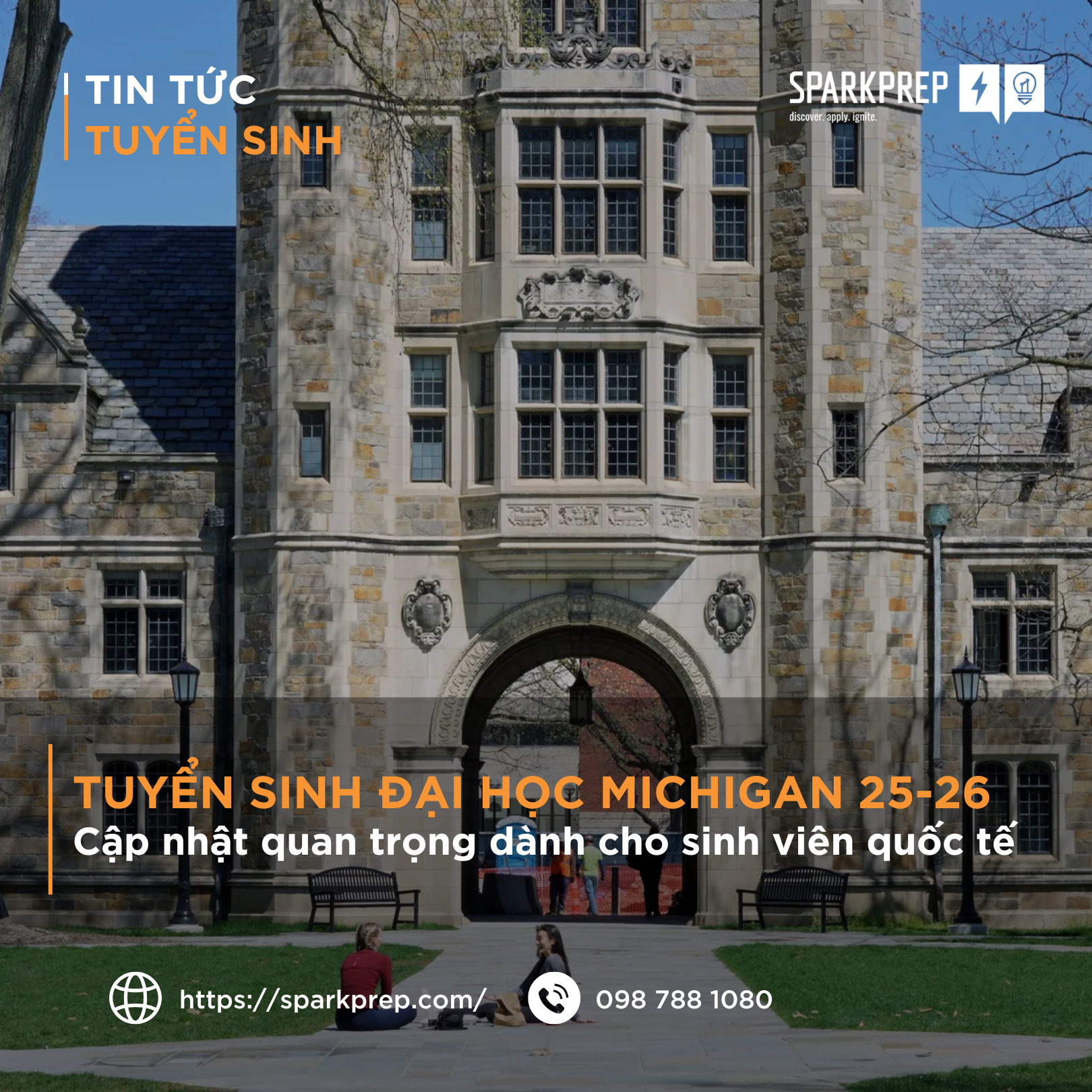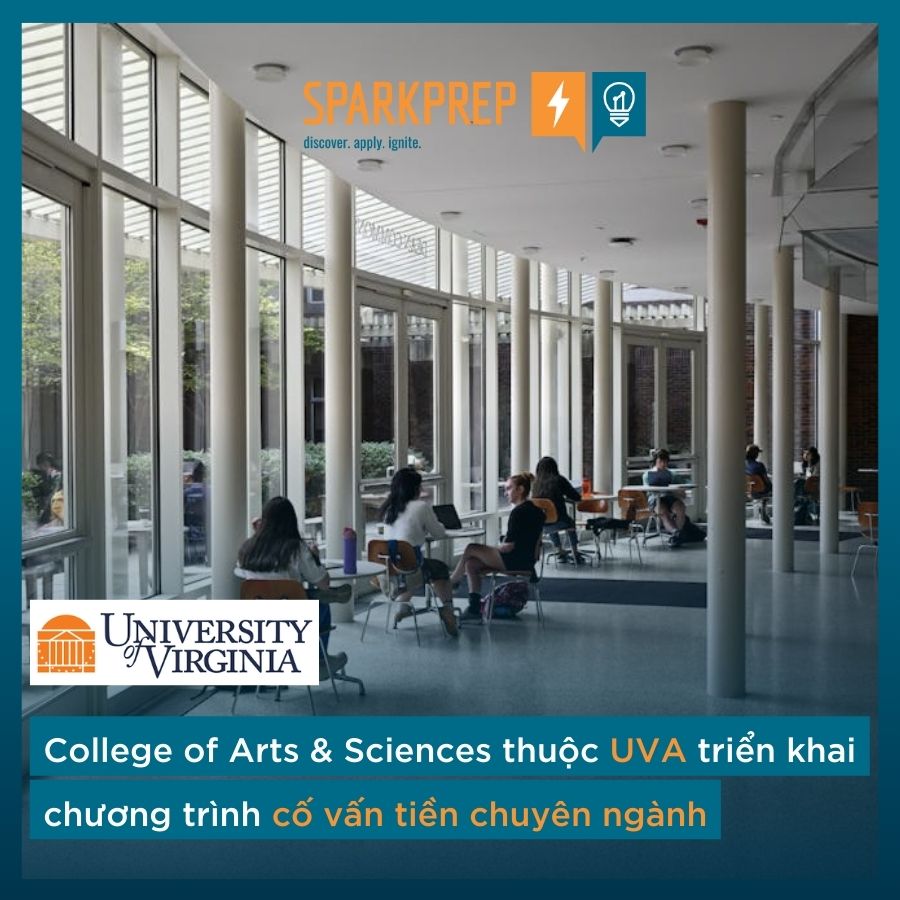The 2025–2026 academic year brings several important changes to the admissions policies of U.S. universities, particularly affecting international students. Understanding these trends will help students prepare strategically for studying abroad, from school selection and application submission to securing financial aid.
Currently, the U.S. admissions system maintains three main application rounds:
Early Decision (ED): A binding early application round. If accepted, students are required to enroll.
Early Action (EA): An early application round that is non-binding. Students receive early results but are not obligated to commit.
Regular Decision (RD): The most common round, with a later deadline and typically more competition.
Some top universities—such as Harvard, Stanford, Yale, and Princeton—still offer Restricted Early Action (REA), where students may only apply early to one school.
Application deadlines for Fall intake usually range from October to January of senior year (Grade 12). In the post-pandemic period, international applications have steadily increased again, making the admissions landscape more competitive than ever.
After a few years of relaxed requirements due to the pandemic, many prestigious universities are gradually reinstating standardized testing requirements (SAT or ACT). For example:
Harvard will require SAT or ACT scores starting from the Fall 2025 application cycle (Class of 2029). In special cases where access to these tests is limited, alternative test scores like AP or IB will be accepted.
Yale has adopted a test-flexible policy, accepting any one of the following: SAT, ACT, AP, or IB scores.
Other institutions, such as the University of Pittsburgh, will continue their Test-Optional policy until 2028, ensuring students without standardized scores aren’t disadvantaged.
Even when optional, strong test scores provide a clear competitive edge. When reviewing thousands of applications with similar GPAs, schools often use SAT/ACT scores as a useful differentiator. Therefore, if accessible and your scores are strong, it's advisable to submit them.
Additionally, the trend of holistic admissions remains dominant. That means students must demonstrate not only academic excellence but also well-rounded strengths in areas such as:
Deep extracurricular involvement
Clear career goals
Leadership and creativity
Compelling personal essays
Strong letters of recommendation from teachers or counselors
One major change this year is the reduction in financial aid, especially for international students. This shift is largely due to budget cuts in research funding from the U.S. government, pushing universities to rely more heavily on private funds and tuition. Tighter visa policies have also prompted schools to reassess their international enrollment priorities.
As a result:
Some schools have moved from need-based aid to merit-based scholarships, awarding students with strong academic profiles and potential contributions.
Others now offer low-interest loans specifically for international students.
That said, top private institutions with strong endowments—like Harvard, MIT, and Stanford—remain committed to providing generous financial support to exceptional international applicants. These schools often value cultural and academic diversity and continue to offer need-blind or need-aware policies along with full aid packages for outstanding candidates.
U.S. college admissions for the 2025–2026 cycle continues to offer great opportunities—but only for those who prepare early and strategically. Start by defining your goals clearly, mapping out your application plan by late Grade 11 or early Grade 12, crafting a standout personal essay, and submitting competitive test scores if possible.
In parallel, research each school’s financial aid policy to find the best fit for your circumstances. A successful application not only reflects academic ability but also a strong sense of identity, passion, and thoughtful preparation.
If you begin now, the dream of studying in the U.S. will no longer feel out of reach—but a goal well within your grasp.
 2025–2026 University of Michigan Admissions: What’s New and What You Need to Know
2025–2026 University of Michigan Admissions: What’s New and What You Need to Know
If you're planning to apply to the University of Michigan (U-M), one of the top public universities in the United States, the 2025–2026 admissions cycle brings several important updates. Below are the key changes you should know to better prepare your application.
Read more Trump’s New Budget Proposal 2026: Which Education and Research Programs Are Facing Cuts?
Trump’s New Budget Proposal 2026: Which Education and Research Programs Are Facing Cuts?
On May 3rd, former President Donald Trump released a preliminary budget proposal—referred to as a “skinny budget”—for the 2026 fiscal year.
Read more Georgetown University to Join the Common App Starting Fall 2026
Georgetown University to Join the Common App Starting Fall 2026
According to The Hoya, Georgetown University’s student newspaper, the prestigious school located in Washington, D.C. will officially join the Common Application (Common App) platform starting with the Fall 2026 admissions cycle.
Read more College of Arts and Sciences at the University of Virginia launched pre-major advising
College of Arts and Sciences at the University of Virginia launched pre-major advising
All incoming first-year students will pair with trained advisors based on their expressed interests to...
Read moreHanoi: 4th floor, 102-104 Lang Ha, Dong Da District
HCM: Toong Tan Hung, F16 Street No. 10 Him Lam Urban Area, Tan Hung Ward, District 7